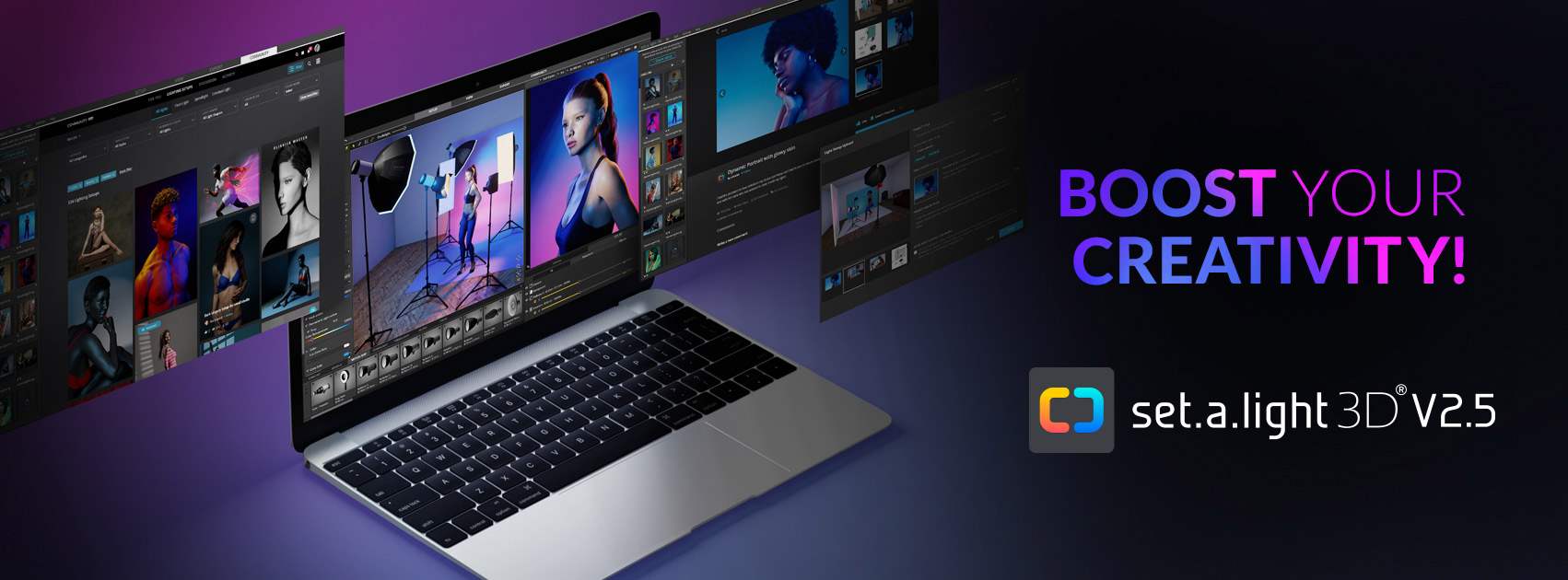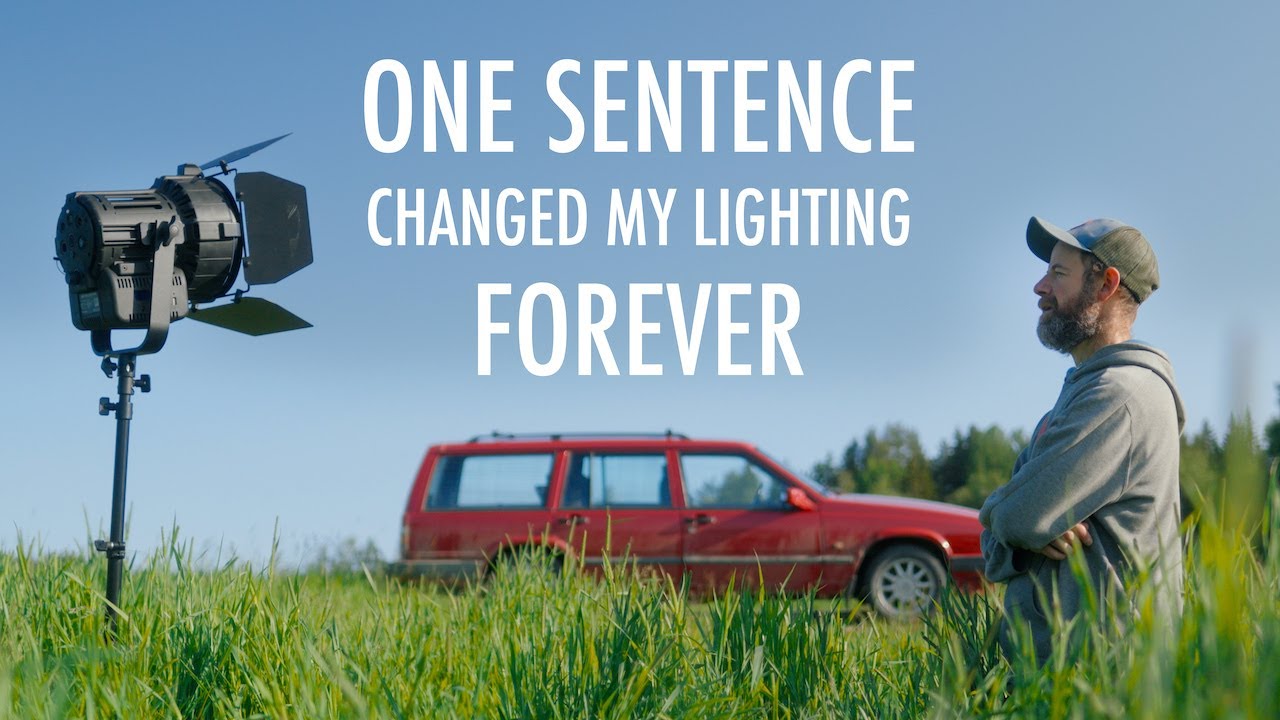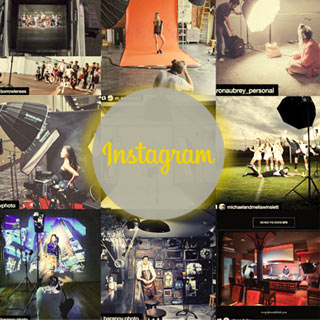This Lighting Tip Transforms - From FLAT video to Cinematic Film look
To achieve professional-looking video and photography, understanding how to position your light source is crucial. A key principle, emphasized by experts, is to never let your main light source be directly behind the camera.
When light comes from the same direction as your camera, it creates flat, two-dimensional images. This frontal lighting eliminates shadows, robbing your subject of volume and depth.
The solution is simple: always ensure your main light is either behind or to the side of your subject. This positional lighting generates the essential shadows that sculpt features, define contours, and provide that coveted three-dimensional, cinematic look.
For natural light, sun tracking apps are invaluable. They help you predict the sun's path, allowing you to plan shoots during optimal lighting conditions for the best natural depth.
During a feature film lighting course 15 years ago, a gaffer shared a piece of advice with me that seriously stuck - in fact it is embedded in my brain. It echoes in my head on every single shoot. (no exaggeration). Whether I’m filming indoors or outdoors, this one principle shapes how I light every scene. - said Woody James -
When natural light isn't an option, artificial sources offer complete control. Some led lights can effectively mimic natural sunlight, providing flexibility regardless of environmental conditions.
By mastering this fundamental lighting principle and utilizing available tools, you can consistently transform ordinary visuals into dynamic, high-quality content with professional depth and impact.
Image and video via Woody's Film School













0 comments:
Post a Comment